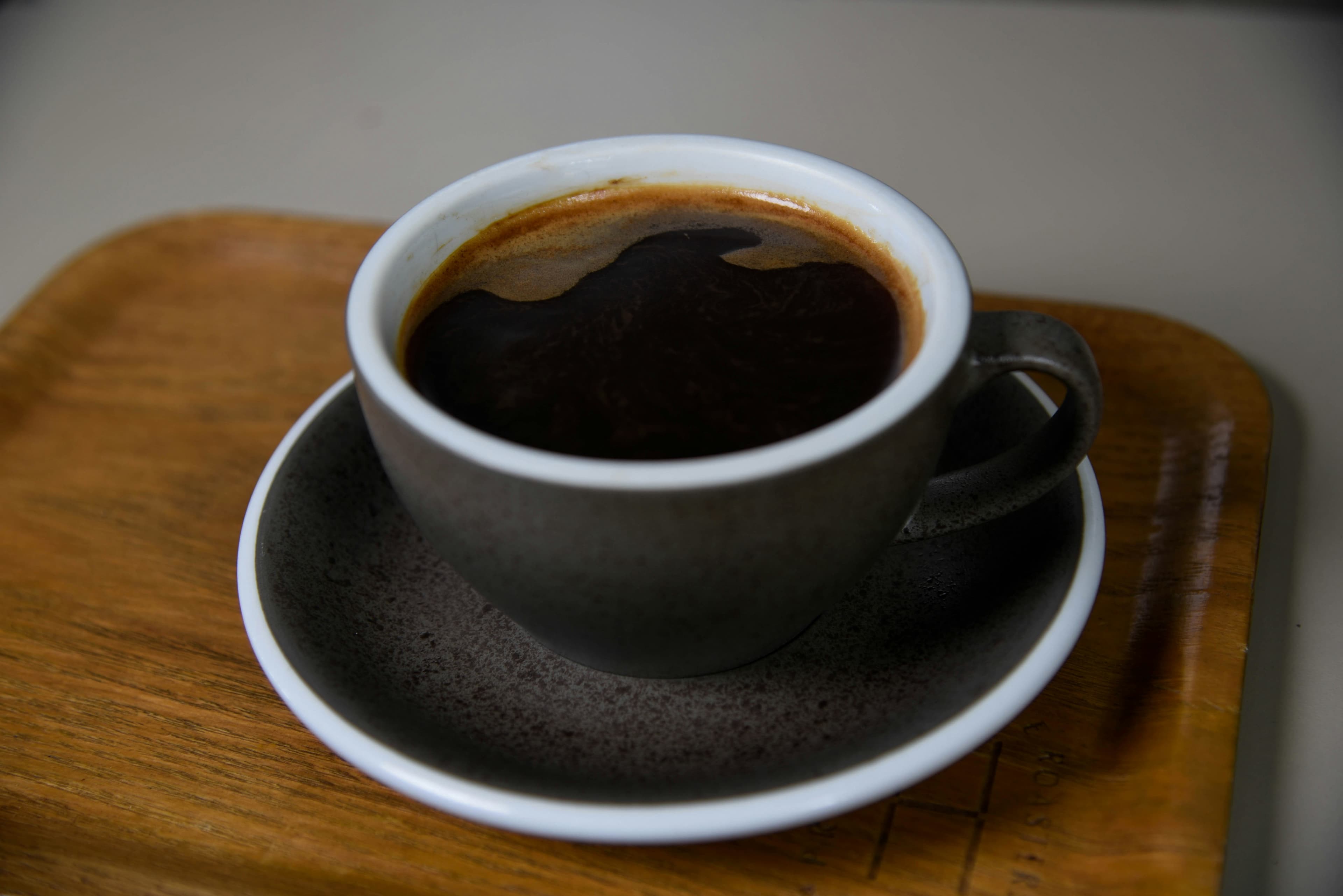For billions of people, the day doesn’t truly begin until that first cup of coffee is in hand. It’s a quiet moment of peace, a jolt of energy, or the prelude to a busy morning. But coffee is far more than just caffeine—it’s an entire universe of flavors, traditions, and cultural identity. It brings people together, marks moments of reflection, and is often at the center of social life across continents.
Let’s take a journey around the world to discover how different cultures prepare, drink, and celebrate coffee. Along the way, we’ll uncover the meanings behind the brews and why this seemingly simple beverage continues to unite us in profound ways.
1. Ethiopia: The Birthplace of Coffee
Coffee’s journey began in Ethiopia, and here, it remains deeply rooted in tradition. The Ethiopian coffee ceremony is one of the most elaborate and symbolic rituals associated with coffee anywhere in the world. It’s not about grabbing a quick cup—it’s a slow, deliberate process of roasting, grinding, brewing, and serving.
During the ceremony, green coffee beans are roasted over an open flame, filling the room with a rich, earthy aroma. The beans are then ground using a mortar and pestle, brewed in a special pot called a jebena, and served in small handleless cups. Often accompanied by popcorn or traditional snacks, the ceremony can last for hours and is as much about community as it is about the beverage itself.
In Ethiopia, coffee is hospitality. It’s respect. And above all, it’s connection.
2. Italy: The Home of Espresso Culture
No tour of coffee culture would be complete without a stop in Italy. Here, coffee is fast, strong, and stylish. The barista is both craftsman and performer, and the espresso machine is the heart of any good bar.
Italians don’t linger over their coffee. An espresso is usually consumed standing at the bar in a matter of seconds. The flavors are bold and concentrated, just like the culture. In the morning, a cappuccino is acceptable, but after 11 a.m., it’s considered a faux pas. Want milk in your coffee in the afternoon? Prepare for some raised eyebrows.
Italy’s coffee culture is built on precision and pride. Whether it’s a single shot of espresso or a carefully foamed cappuccino, each drink is a small work of art.
3. Japan: Coffee as a Craft
While Japan is often associated with tea, the country has developed a deep appreciation for coffee—especially in its most meticulous and artistic forms. From Kyoto’s kissaten (traditional coffee houses) to Tokyo’s third-wave coffee shops, Japanese coffee culture emphasizes detail, quality, and atmosphere.
Coffee in Japan is an aesthetic experience. Brew methods like pour-over and siphon are preferred, where every step of the process is done by hand, with quiet precision. Baristas can spend years perfecting their technique, and it shows in the flavor.
Japan also has a thriving canned coffee scene—available in vending machines throughout the country—which offers a completely different but equally fascinating coffee experience.
4. Turkey: Where Coffee is a Symbol of Heritage
Turkish coffee isn’t filtered. The very fine grounds settle in the bottom of the small, ornate cup, creating a thick, potent drink that’s both intense and ritualistic. It's traditionally made in a cezve—a small, long-handled pot—and often sweetened during brewing.
What makes Turkish coffee so special is its integration into cultural rituals. It’s served during important social events—like engagements, where the bride-to-be prepares it for the groom's family, sometimes adding salt as a playful test of his character.
Beyond the drink itself, Turkish coffee has a unique tradition: fortune telling from coffee grounds. After drinking, the cup is turned upside down onto a saucer and left to cool. The patterns left by the grounds are then “read” for signs and omens.
In 2013, UNESCO recognized Turkish coffee as an intangible cultural heritage, and it remains a proud symbol of tradition and hospitality.
5. Sweden: Fika and the Power of Pause
In Sweden, coffee is all about fika—a daily ritual that’s more about socializing than the beverage itself. Fika means taking time out of your day to share coffee and pastries (like cinnamon buns) with friends or colleagues. It’s about slowing down, being present, and cultivating relationships.
Swedes drink a lot of coffee—one of the highest per capita rates in the world—but it’s always tied to moments of rest. Whether at home, in a café, or at work, fika is sacred. It’s baked into Swedish culture as a necessity, not a luxury.
More than just a coffee break, fika represents balance, mental health, and the value of human connection.
6. Brazil: The Coffee Giant
Brazil is the largest coffee producer in the world, and coffee is woven into the everyday life of its people. The most common way to drink it? Cafézinho—a small, strong, and sweet black coffee offered to guests as a sign of welcome.
You’ll find cafézinho everywhere: homes, offices, gas stations, bakeries. It’s always fresh, always hot, and always offered with a smile.
In Brazil, coffee is less about ceremony and more about rhythm. It’s the drumbeat of daily life—a constant, comforting presence.
7. Vietnam: Sweet, Strong, and Iced
Vietnamese coffee is bold and deliciously sweet. Brewed using a small metal drip filter called a phin, it’s typically served over sweetened condensed milk, either hot or iced. The result is a creamy, rich cup that perfectly balances bitterness and sweetness.
In recent years, Vietnam’s coffee culture has evolved beyond tradition. Egg coffee (yes, with whisked egg yolk), coconut coffee, and yogurt coffee are now staples in trendy cafés from Hanoi to Ho Chi Minh City.
Whether sipped slowly in a bustling street café or taken to-go in a plastic cup with ice, Vietnamese coffee is a treat for the senses.
8. The United States: Innovation and Diversity
Coffee in the U.S. is a story of reinvention. From the humble beginnings of drip coffee pots and diner refills to the Starbucks revolution and the rise of third-wave cafés, American coffee culture is defined by innovation.
Here, coffee is a reflection of diversity—different brewing styles, global beans, unique café concepts, and endless personalization. You can have your coffee black, with oat milk, infused with nitrogen, or as a pumpkin-spiced latte. It's an ever-evolving scene.
In big cities, coffee shops are extensions of living rooms and workspaces. In small towns, they’re community hubs. Everywhere, they’re part of the cultural fabric.
9. Coffee as Connection
What unites all these coffee cultures is not just the drink itself, but the ritual around it. Coffee is almost never just about caffeine—it’s about connection. It’s a pause in the day, a reason to meet, a ritual to ground us.
Each culture has its own rhythm, its own flavors, its own tools and timing—but the essence remains: to share, to reflect, to feel human.
The Global Language of Coffee
In every corner of the world, coffee means something more than just a beverage. It’s a carrier of culture, a mirror of values, and a bridge between people.
From the ornate ceremonies of Ethiopia to the efficient espresso shots of Italy, coffee tells the story of who we are and how we live. And as the world continues to change, this simple drink continues to adapt—bringing us comfort, creativity, and connection with every cup.
So the next time you brew a pot or take a sip at your favorite café, pause for a moment. You're not just drinking coffee—you’re participating in a global story that spans centuries and continents.
Loading...



